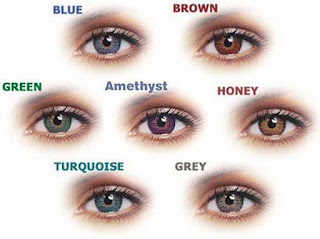In this prospective study we show
the influence of Intense Pulsed Light Therapy (IPL) on tear osmolarity, an
increasingly important metric of dry eye disease. Previous studies have measured the effectiveness IPL has had on other metrics including tear break up time (TBUT), lipid layer grade (LLG), tear evaporation rate (TER), tear
meniscus height (TMH), and subjective responses from patients.
Single center prospective study
included 16 patients and 32 eyes. Patient ages ranged from 18 to 90 years old
with 75% of participants being female. All patients had an at least one eye with a tear osmolarity of 308 mOsm/L or greater, or had an inter-eye difference
in tear osmolarity of 11 mOsm/L or greater. Tear osmolarity was measured
bilaterally before a single IPL treatment followed by one drop of topical
NSAID. Bilateral tear osmolarity was then measured again one month later.










